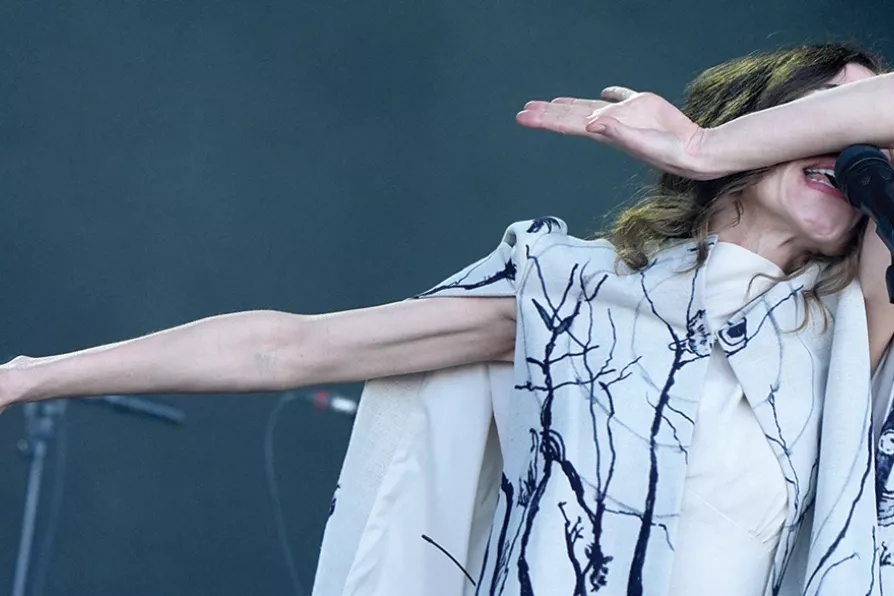In his second round-up, EWAN CAMERON picks excellent solo shows that deal with Scottishness, Englishness and race as highlights
A testament to a singular vision
SUSAN DARLINGTON is taken by the intense, eerie mood that defines the set

 PJ Harvey performing on the Pyramid stage, at the Glastonbury Festival at Worthy Farm in Somerset in June
PJ Harvey performing on the Pyramid stage, at the Glastonbury Festival at Worthy Farm in Somerset in June
PJ Harvey
Piece Hall, Halifax
Similar stories

New releases from Toby Hay, Bruce Springsteen, Bonnie Dobson & The Hanging Stars

MARK TURNER is thrilled by the the British singer’s tribute to the late great Sarah Vaughan

New releases from Jenn Butterworth, Liz Overs, and Gigspanner Big Band

STEVE JOHNSON, CHRIS SEARLE and KEVIN BRYAN review new releases from Brooks Williams and Aaron Catlow, Kris Davis Trio, PP Arnold, Rum Ragged, David Virelles, Mark Harrison Band, Linda Moylan, Catriona Bourne, Julie Driscoll, Brian Auger & The Trinity










